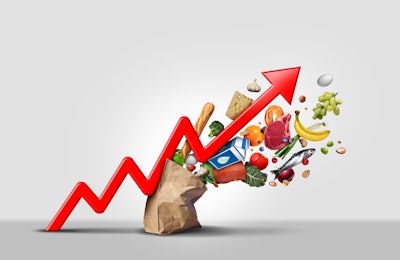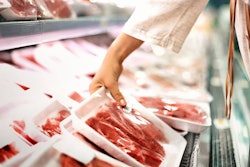
July’s data shows that prices of consumer goods remain elevated across categories, with prices for food at-home rising 1.2% from the end of June to the end of July, and 14.4% year-over-year as of July 31. In June, at-home food prices rose 1.2% vs. May, and 13.7% year-over-year as June 30, according to IRI and The NPD Group.
“Consumers are responding to rising prices by shopping promotions, prioritizing value options, and trading down to avoid going without,” says Krishnakumar (KK) Davey, president of thought leadership for CPG and retail, IRI. “We are advising our manufacturer clients to deploy all levers of strategic revenue management, prioritize strong in-market execution, and invest in retailer partnerships to ensure that the right products are available in the right places at the right times. Additionally, retailers must have the tools to quickly adjust to changes in consumer preferences to ensure they are offering the right assortment at price points that appeal to price-sensitive shoppers as well as their most valuable customers.”
From BusinessWire:
- Categories with the five largest increases in prices include eggs, frozen dinners, butter, frozen pizza and bread.
- Categories with the five largest decreases in price include citrus fruit, bacon, ice cream, beef and deli meat.
- Within food and beverage, overall volume and units have remained resilient despite price increases.
- Consumers are trading down to more affordable brands within a category. Consumers are “trading down” or switching from a preferred brand or higher-priced product for one at a lower price point in many categories.




















